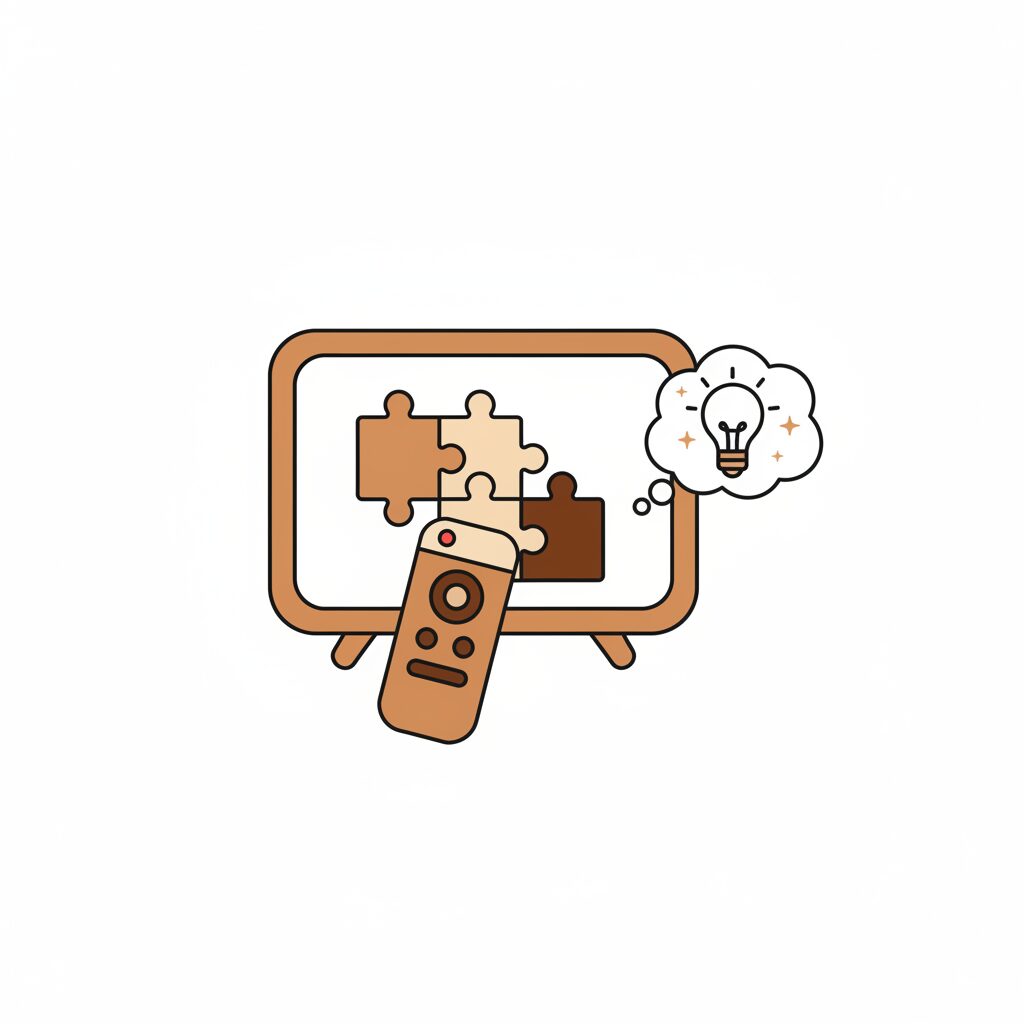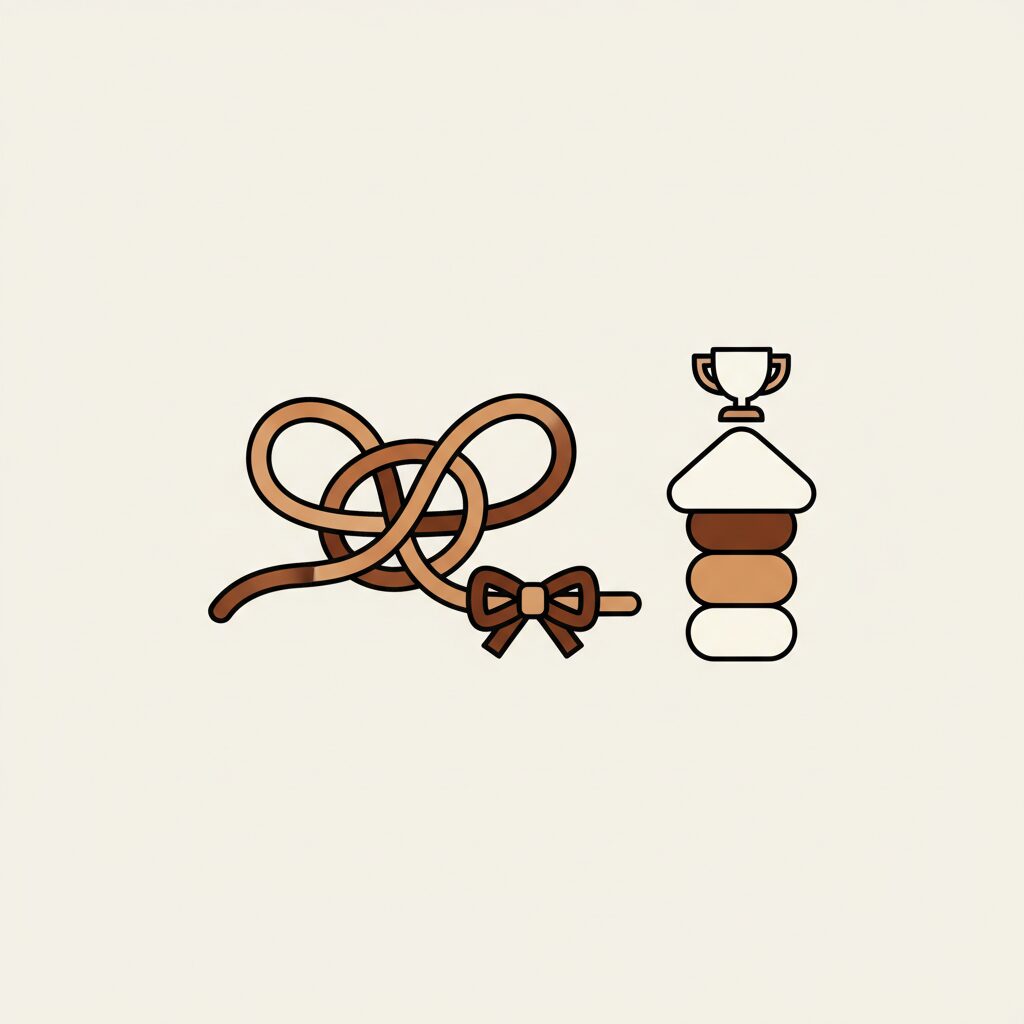
When AI starts reshaping kids’ shows, it’s not just tech news—it’s our living room reality. Picture this: my daughter paused her cartoon last week to ask, “Daddy, why doesn’t the robot have a best friend?” That’s when it hit me. We’re not just viewers anymore—we’re guides in a world where stories adapt to our kids’ giggles and glances. So let’s chat: how do we keep that spark of messy, human wonder alive when algorithms want to tidy everything up?
Why Personalized Stories Change the Game

You’ve seen it—AI tweaks cartoons to fit your kid’s laughs. Cool? Absolutely! But here’s the catch: when every fairy tale ending arrives like a perfectly timed snack, where’s the room for those delicious “what if…” debates? Try this after screen time: “That hero solved the puzzle with magic! How would YOU build a tool to help without spells?” Suddenly, passive watching turns into creative brainstorming—with juice-box fuel and couch-cushion forts.
My little artist recently asked why princesses always need rescuing while we mixed pancake batter to K-pop beats. (Maple syrup flip contests optional but highly recommended!) That mashup of silliness and curiosity? That’s the sweet spot no algorithm can replicate—where cultural rhythms meet sticky-fingered imagination.
Curiosity Over Convenience: The Unscripted Magic

Remember your child’s gasp when they saw their first floating bubble? That fragile sphere holding their whole attention—no clicks, no buffering. Now imagine AI-generated tales where conflicts resolve before the popcorn’s ready. Where’s the space for breathless “why?” moments?
Here’s our family hack: press pause mid-episode and ask, “What if the villain shared their snacks instead of stealing?” Watch their eyes light up as they rewrite narratives between mouthfuls of apple slices. That pause button becomes our secret weapon—turning slick storytelling into playgrounds for empathy and crazy plot twists involving talking dinosaurs.
Balancing the Scales: Where Real-Life Wins

Tech might customize screen adventures, but parenting’s magic happens in the unplanned. Like that rainy afternoon when your living room became a pirate ship with broomstick masts and blanket sails. No AI could’ve coded the way your navigator shouted “Land ho!” at the laundry pile.
Try swapping one streaming session for “story storming” using socks as puppets or fridge magnets as rocket ships. Why? Because when your kid high-fives you after “inventing” a spoon sword that defeats broccoli monsters, they’re not consuming stories—they’re building courage, creativity, and the kind of memories that outlast any subscription plan.
Raising Resilience When Answers Come Too Fast

Here’s the thing: when solutions appear like perfect playlists, kids might start expecting life’s knots to untangle themselves. But real growth? It happens during the fumbles. Like watching tiny fingers wrestle shoelaces into submission—the triumphant “I did it!” that follows ten failed attempts.
Next time frustration bubbles up (puzzle pieces refusing to cooperate, block towers collapsing), resist the fix-it urge. Breathe together: “This feels tricky! What’s one baby step we could try?” That’s how resilience grows—not in flawless streams, but in the beautiful stumbles that teach “Let’s try again” beats “Let me Google it.”
Source: Prime Video’s US head Albert Cheng handed new AI-focused role in restructure, C21Media, 2025/09/01
